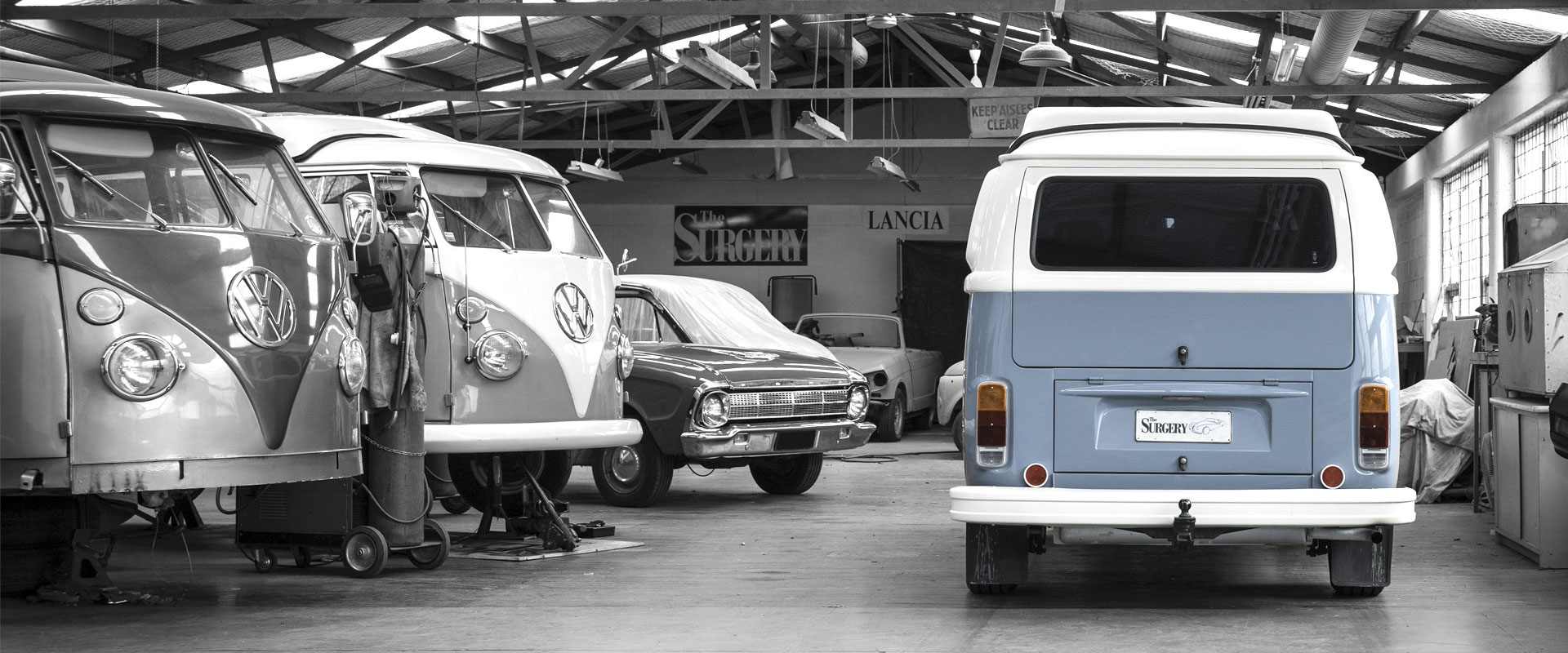2. Scale Rust
Scale rust can cause pits into the metal and this will create more than just surface damage. This will need more aggressive techniques to remove scale rust damage. Ignoring the problem will allow it to get worse until it eats through the metal completely. There are many ways of removing scale rust. The choice of method to use depends on the actual vehicle, the condition of the vehicle and where on the vehicle the scale rust is located.
The methods available to use are….. Grinding, Sanding, Media blasting, Dry sandblasting, Wet sandblasting and Acid dip stripping. In some cases, several of these options could be used on the same vehicle to remove scale rust. If the scale rust has developed further steel sections may need to be repaired or replaced.
The steel surface will then need to be treated with a phosphoric acid based product. This product will kill any remaining surface rust and also leave a phosphate film on the steel surface. The next steps in the process would be to coat the bare steel with an epoxy two pack etch primer, fill and finish surface ,two pack undercoat and then top coat paint finish.
3. Penetrating Rust
Areas where the rust has penetrated deeply into the metal or has progressed further into rust holes, these areas will require cutting out and a new steel repair panel would need to be fabricated and welded in place. If it is more cost effective we would purchase a factory or aftermarket replacement repair panel to weld in place.
The steel surface will then need to be treated with a phosphoric acid based product. This product will kill any remaining surface rust and also leave a phosphate film on the steel surface.
The next steps in the process would be to coat the bare steel with an epoxy two pack etch primer, fill and finish surface ,two pack undercoat and then top coat paint finish.





